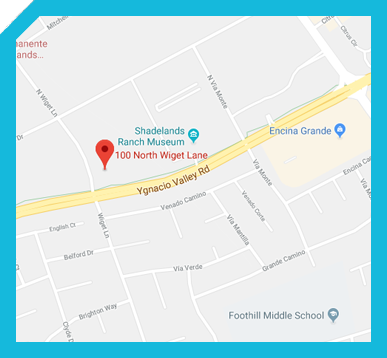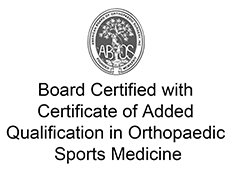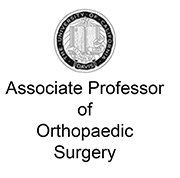
As we age, the occasional aches and pains in our joints are expected. Practicing self-care during those times with an ice pack or warm bath may be all that is needed to alleviate the pain. If your joint pain becomes more chronic, speak to your doctor soon, so the pain does not result in permanent joint damage. For many people suffering from joint pain, there is the assumption that it's a normal part of aging. The truth is that
Osteoarthritis after age 50 is a common cause of chronic joint pain. Osteoarthritis affects over 32.5 million people in the US1. Osteoarthritis is degenerative arthritis, or wear-and-tear arthritis, which occurs when the cartilage inside your joint begins to break down, allowing your bones to rub together. With the loss of this protective tissue inside your joints, you can experience pain and inflammation. In most cases, joint pain can be managed conservatively with medications, physical therapy, cortisone injections, or orthobiologic injections that promote the healing of injured tissue.
Orthobiologic treatments for arthritis accelerate the regeneration of healthy cartilage tissue inside your joint. You get long-lasting relief and a reduction in pain, swelling, and stiffness. These treatments can delay or even eliminate the need for a joint replacement. If these therapies fail to alleviate your pain, surgery may be recommended, depending on the severity of the joint damage. The sooner the underlying cause of your joint pain is identified and treated, the better your chances of a favorable outcome.
Considerable advances in joint replacement surgery have been made, with robotic technology improving patient outcomes. The use of robotic technology maximizes the odds that patients will have excellent results with better patient satisfaction.
Today, joint replacement surgery is not just for the elderly. Since 50 is the new 40, people are more active than ever. According to the American Academy of Orthopedic Surgeons research, the average age of hip replacement receipts is 65, and knee replacement is 66.² Joint replacement can improve mobility and reduce joint pain, allowing an active lifestyle for years to come.
Dr. Amir Jamali, founder of the Joint Preservation Institute, is a board-certified fellowship-trained orthopedic surgeon in Northern California specializing in treatments for the knee, hip and shoulder.
1. https://oaaction.unc.edu/oa-module/oa-prevalence-and-burden/
2. http://aaos-annualmeeting-presskit.org/2018/research-news/sloan_tjr/








 Dealing with Joint Pain after 50
Dealing with Joint Pain after 50 







